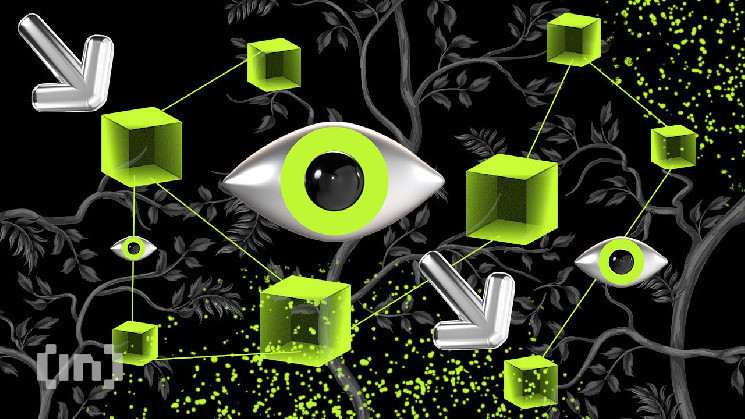Binance has released its Merkle tree proof of reserve system, enabling its users to verify their holdings with the exchange.
In the wake of the collapse of cryptocurrency exchange FTX, it was revealed that the company had lent out a significant portion of its customers’ assets. Consequently, major exchanges rushed to reassure markets and their users that they still retained customers’ assets.
Binance was among the first major exchanges to do so, and was swiftly followed by several more. However, these first proof of reserves were merely the balances of the exchanges’ cold wallets. Binance CEO Changpeng Zhao said his company would soon provide cryptographic evidence of these reserves that users could check themselves.
Merkle Trees and ZK-SNARKs
Binance is now providing this cryptographic evidence with the release of its Merkle tree Proof of Reserves (PoR) System. The company announced this would initially start with its Bitcoin holdings, adding additional tokens and networks over the coming weeks.
In a recent blog post, Ethereum founder Vitalik Buterin highlighted Merkle trees as an established method for verifying asset holdings. He describes Merkle trees as extensive graphs, in which each end node would be a user and their deposit amount.
These users then have access to any preceding nodes and the root node, so they can verify their deposits personally. However, Merkle trees enable the inclusion of negative balances and Buterin suggests complementing them with ZK-SNARKs.
In its announcement, Binance acknowledged that it offers margin and loans service, meaning debt would factor into users’ net balance. It calculates each user’s net balance as their equity minus their debt.
Since users could feasibly have negative balances with this accounting, Binance said it is also working to implement ZK-SNARKs. These “will be used to prove those users have enough other assets to cover the funds with collateral.”
Binance Assures Audits
Earlier, Zhao had described Merkle trees as “a mathematical way” for users to ensure for themselves that their funds are included in the grand total. He had also mentioned the inclusion of third party auditors in the process.
Now, Binance’s system enables users to “verify their asset holdings using their own generated Merkle hash/record ID.” It added that these records can subsequently be confirmed by third-party auditors.
Binance said it includes the properties of Merkle trees in its own proof of reserve assessments. It added that auditors can then “verify individual user accounts are included within the liabilities report.”
 beincrypto.com
beincrypto.com
